Those of you who have been patiently waiting for my long-promised templates of the 737 family should know that it’s going well so far and I am just about ready to start posting them here to the blog. Unfortunately, you also need to know that I’ve got a wickedly short attention span and I start to get restless when I work on one thing for too long. Combine that with the fact that I’ve received three separate requests for the A330-200F over the past few weeks, and I just couldn’t resist digging into it and creating the templates.
This all-cargo version of the Airbus A330-200 has some very interesting differences compared to the passenger version, and of course I didn’t know about any of them until I started doing the research to create these drawings.
The biggest and most obvious difference is the bulge (officially referred to as a “blister fairing”) at the connection point of the front landing gear to the fuselage. This additional piece serves the purpose of raising the nose of the aircraft so that the cargo deck remains level during the loading process. It always struck me as being odd that the A330 had a natural nose-down angle while on the ground, and I’ve never really understood the reasoning for it. I’d love to know the answer, so if there is anybody out there reading this who knows why the A330 was designed that way, please leave a comment and let me know!
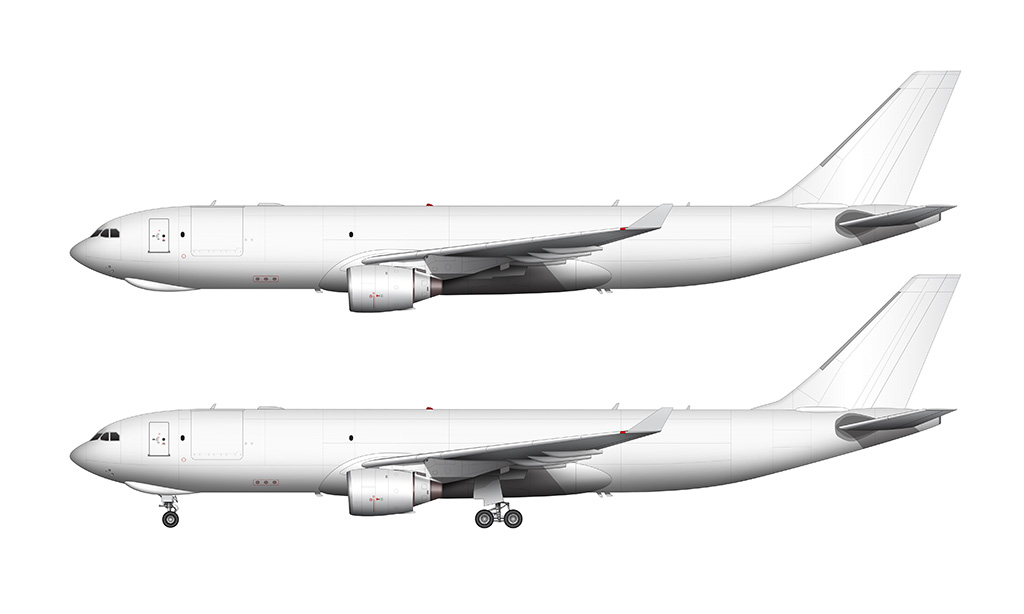
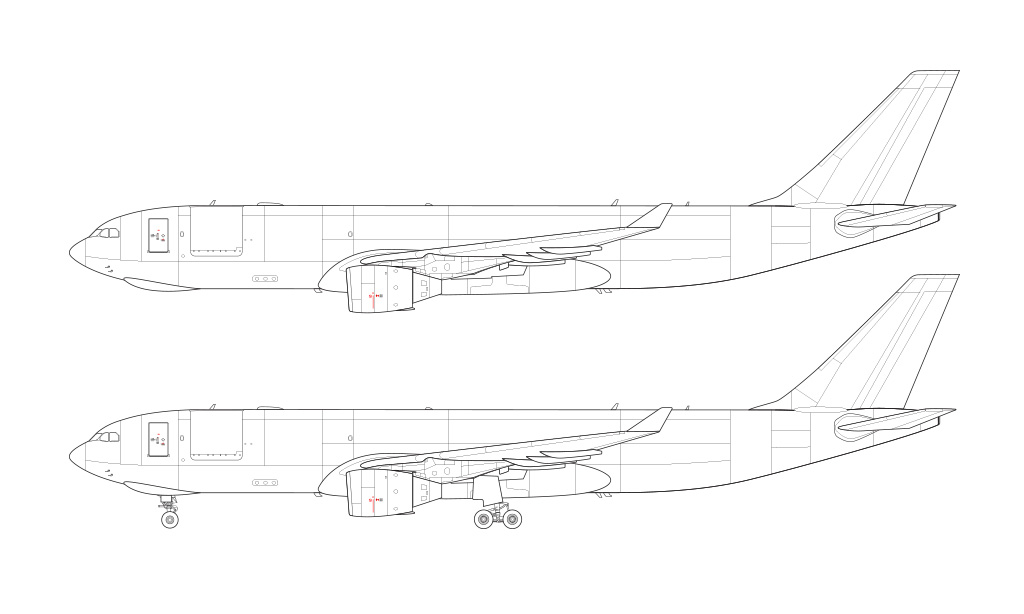
The other major difference that I didn’t know about was the fact that General Electric does not supply engines for this freighter version of the A330. Again, this strikes me as being very odd since they do offer the option (and a very good one at that) for the passenger version. What exactly is so different about a freighter which would make an engine supplier drop out completely? I can’t imagine that there would be any type of performance requirements that would be different from an all passenger version to make it a complete game changer, so it really makes me wonder.
Other than that, there aren’t any other major visual differences between the A330-200 and A330-200F (other than the lack of windows and the cargo door of course). I did find it interesting that the cargo loading door is located so close to the main boarding door though. On Boeing aircraft such as the 777 and 747, the cargo door is located in the aft section of the fuselage away from any other holes in the structure. I guess it doesn’t really matter to have major openings in the fuselage so close together, and the fact that I questioned it at all is a pretty good indication of how little I know about aerospace design.
I can totally imagine all of you rocket scientists out there holding your head in shame as I spew off these ignorant questions (which I’m sure are totally elementary to anyone in the aviation industry). Hey – I just draw these airplanes based on reference material I find on the Internet, and trust me…that’s a good thing. You don’t want this art school graduate anywhere near a calculator or a physics book!
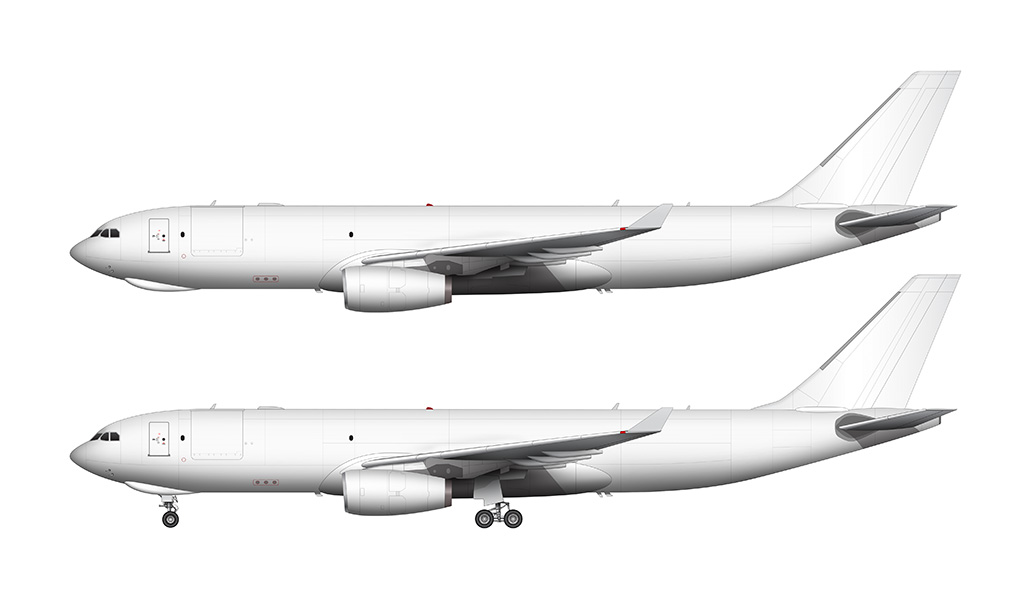
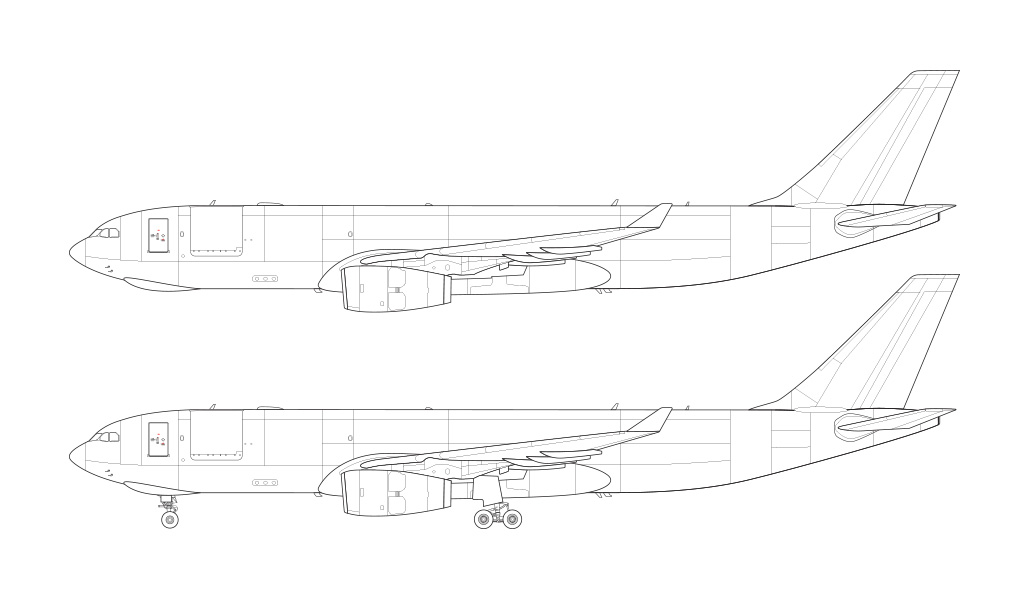

One final point I’d like to make about the A330-200F is the fact that I’m surprised that it hasn’t sold better than it already has. At the time of this writing, there have been 42 firm orders for this cargo variant of the hugely popular A330, which trails far behind competitors such as the 767-300F and the 777F. On paper it seems like it would sell like hotcakes considering that it’s size and performance capabilities are placed squarely in between those two other aircraft, so it’s just another confusing question I have about this bird which remains unanswered.
As always, thanks for your continued support of this ongoing side-profile airliner template project that I’ve been working on for about five years now, and I’m feeling rather proud of what I’ve managed to accomplish so far. Yeah, it seems like I’m moving at a glacially slow pace at times, but these illustrations take a long time to create and most of you know that I’ve been quite busy trying to build a travel blog as well. It’s a lot to juggle! So much to do, and so little time…

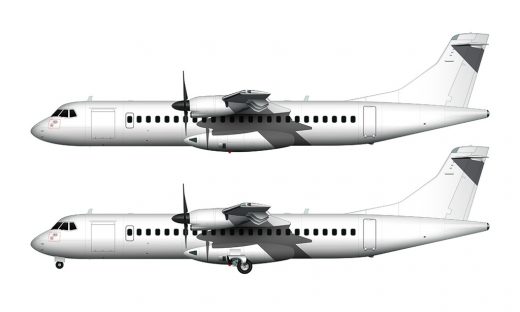
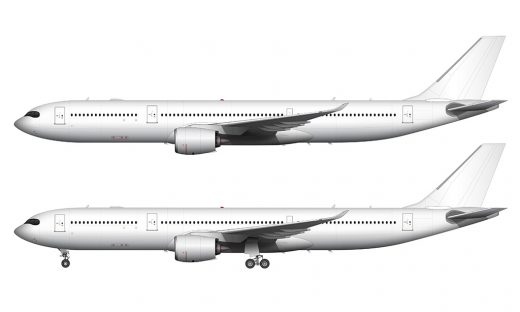
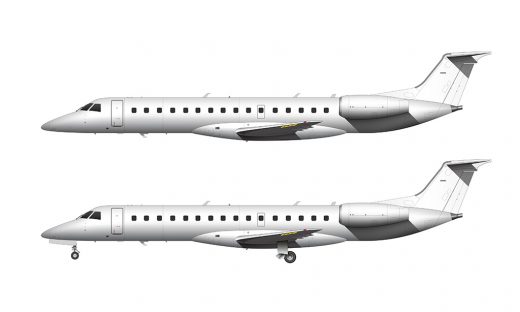
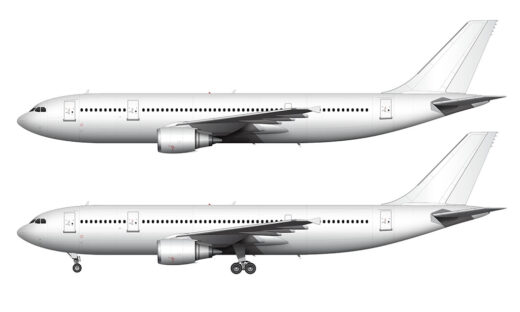
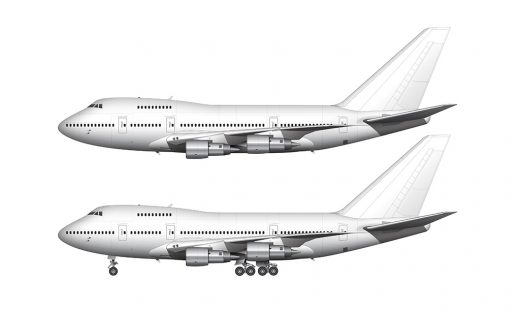
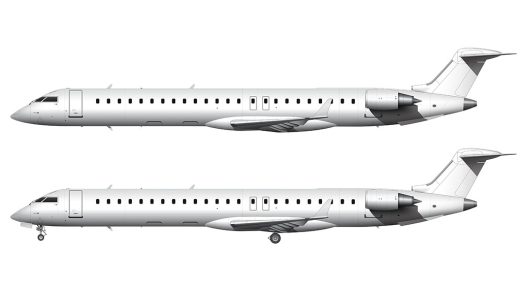
Please make a prop like dornier or jetstream 41
Hi Toni – the Dornier 328 is one that I’ve been wanting to do for quite some time, so it may not be long now…
One purpose of having a natural nose-down angle is that when it is time for the aircraft to rotate, the plane naturally lifts a little bit, indicating to the pilots to pull back more.
Thanks Evan! That’s pretty neat, and it makes perfect sense. I had no idea!
What about GE engines?
Oops, looks like I’ve forgotten about that one. Thanks for letting me know – I’ll add it to my list.
Would you like to make an Airbus A330-300F blank illustration templates with Rolls Royce engines? It is a new P2F aircraft type.
Yeah, I should probably add that engine option. It’s hard to keep up with all the new variants!
Hello
If you can can you do the A300ST or Airbus Beluga
The Beluga is at the very top of my to do list! I might actually do that one next…